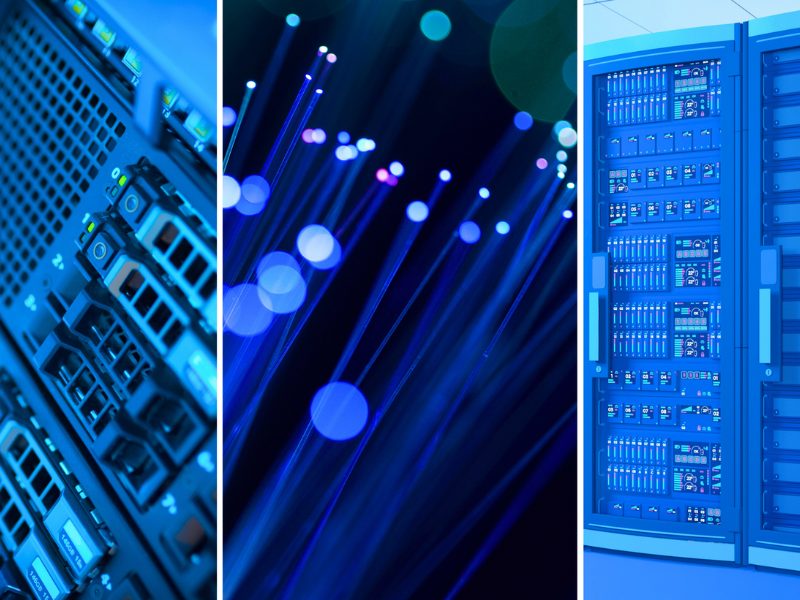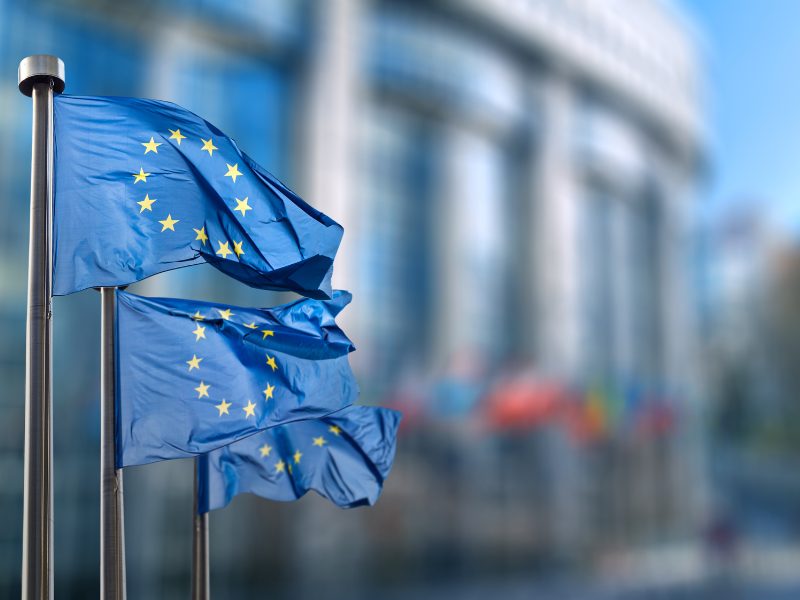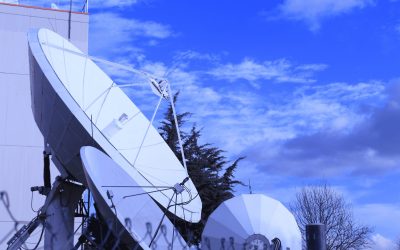The European Union has introduced new tariff and customs control regulations that will affect costs and logistics for technology companies.
Implementing Regulation (EU) 2024/2522 has modified the European Union’s tariff, statistical nomenclature, and the Common Customs Tariff. These updates, effective since January, are designed to modernize the classification structure for goods and enhance the enforcement of trade policies within the EU. For technology companies, the Combined Nomenclature (CN) changes present challenges in regulatory compliance and tariff cost optimization.
Adjustments in the Classification of Technology Products
The updates to Chapter 85 of the Combined Nomenclature, which covers electrical machinery, equipment, and devices for recording and reproducing sound and images, directly impact technology distributors, integrators, and manufacturers. The most significant changes include:
Restructuring of Chapter 85
Adjustments have been made to simplify the classification of technology products, aligning them with the Information Technology Agreement (ITA). This impacts subheadings related to advanced technologies and consumer electronics.
Creation of new subheadings
Specific codes have been introduced to facilitate customs and statistical control of particular technology products, allowing for more precise and differentiated classification.
Updates to product descriptions
The nomenclature now includes revised names and codes for hardware, electronic devices, and essential components, improving identification for international trade.

Dedicated classification for laminations and cores of stators and rotors made of steel
These key components in manufacturing electric motors and electronic devices will now have their subheadings, streamlining tracking and regulatory oversight within the European market.
Implications for Technology Companies
The revisions to tariff classifications will substantially impact logistics and operations within the technology sector. Companies involved in the import and export of electronic components will face new challenges and opportunities, including:
Tariff cost optimization
The alignment of classification codes with international trade agreements may result in tariff benefits for companies importing or exporting electronic components.
Review and adaptation of internal processes
Companies must update their product classification and management systems to comply with the new nomenclature, mitigating the risk of penalties or customs delays.
Facilitation of commercial operations
A more precise classification system could enhance the efficiency of trade transactions within the European market by reducing ambiguities in product identification.
Regulatory control of strategic components
Key technology products will be subject to stricter oversight, potentially impacting the supply chain strategies of manufacturers and suppliers.
Reduction of trade barriers
Harmonizing product classification may improve competitiveness by eliminating tariff barriers for certain technology products.
Implications for Trade and Tariff Measures
Implementing the new Combined Nomenclature will introduce adjustments to both autonomous and conventional tariff duties, which will be determined based on decisions made by the European Council or Commission.

Key measures include:
- Updates to import and export tariffs: New criteria will be established to regulate and control technology goods within the European market.
- Improved product traceability: A more detailed classification will facilitate better tracking of products throughout the supply chain.
- Greater transparency in trade supervision: Precise identification of goods will enable more efficient regulatory control and help reduce customs fraud.
Aerodoc as a Strategic Partner
At Aerodoc, we provide comprehensive solutions for international shipping management, customs documentation, and regulatory compliance. Through our Importer of Record (IOR) service, we handle the entire process—from sales and distribution to storage and final delivery of your products within the European Union.
This means you can confidently expand into new markets without the burden of legal complexities. Our single-window solution ensures a seamless experience. Aerodoc offers door-to-door delivery and efficient last-mile services, managing all customs, compliance, and documentation requirements.
You can rely on us to ensure your products arrive at their destination smoothly and on time. Contact our team of experts today.
Q&A
- What changes does Regulation (EU) 2024/2522 introduce? It updates the EU’s tariff and statistical nomenclature, modifies product classifications, and introduces new subheadings for technology goods.
- How will these changes affect technology companies? Companies must adapt their classification processes to comply with new codes and avoid penalties, customs delays, and unexpected tariff costs.
- What are the key modifications in Chapter 85? The classification of technology products has been restructured, new subheadings have been created, and product descriptions have been updated for better identification.
- What benefits could these changes bring? They may optimize tariff costs, improve trade efficiency, and reduce barriers by harmonizing product classifications with international agreements.
- How can companies ensure compliance? They should update their classification systems and seek expert support to efficiently manage regulatory requirements and customs procedures.




